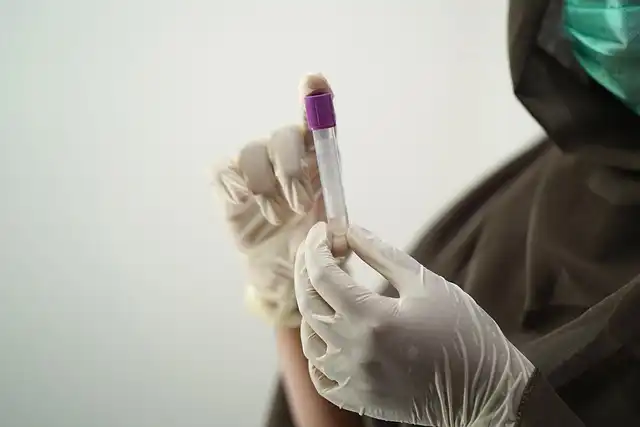
” The stereotype is the individual who consumes alcohol a dual latte, gets onto a trainer class seat flying throughout the nation, has a scotch, goes to sleep, and gets up 7 hours later on,” Dr. Lookstein said. “They haven’t relocated, they’re greatly dehydrated and they have a blood clot.”
Dr. Parekh claims long-haul flights pose the most significant risk for DVT, yet those with much shorter commutes are not immune, “Individuals used to define long-haul trips as eight hours,” he stated, “yet there’s some information to suggest that also four hours now is considered enough time.”
Dr. Pinakin V. Parekh, a cardiologist at Singapore’s Harley Street Heart and Vascular Centre, informs CNBC that where you remain on the plane may have a bearing on your chance of developing DVT, “In theory people that are in much better classes of air travel– company course, first-rate– have more space to move about, stretch their legs. It’s all regarding real estate in the airplane.”
“My general rule that I give my people is that any time you are taking a trip, you should be up and moving every two hours approximately. If you’re driving a car, you should pull over, walk, obtain a container of water. Anything beyond a couple of hours is harmful, much more worrying if you remain in a cramped space like a portable car or instructor course seat.”
The blockage kinds because of a lack of strenuous blood circulation, often brought on by being in the same position for an extensive duration. As the embolism forms, lots of people will certainly feel sharp pain and swelling near the site.
DVT affects the deepest veins in your body, generally in the legs or pelvis, though it has been understood to happen in the arms, too. Per the Mayo Center, signs of DVT consist of swelling, discomfort, feelings of heat, and changes in skin shade.
If left unattended, DVT can result in a lung blood clot. The often deadly condition is triggered by a blood clot breaking loose and making its method to the lungs, therefore blocking the lung artery and minimizing oxygen in the blood.
While it is dubbed “cheap airfare syndrome” Dr. Parekh notes that DVT doesn’t discriminate and is connected even more to wheelchair than cabin course, “it can be the only flight of your life, if you choose not to relocate.”
“My rule of thumb that I offer my clients is that any time you are traveling, you must be up and relocating every 2 hours or so. If you’re driving a cars and truck, you need to draw over, walk about, get a bottle of water. Anything beyond a couple of hours is harmful, also extra concerning if you’re in a confined room like a small car or trainer course seat.”
For flyers that can not afford extraordinary, Parekh recommends picking an aisle seat, which “urges you to walk up and start strolling far more easily since when you’re completely inside the row, you’re always worried you’re interrupting the person [alongside you]”.
Recognized colloquially as “cheap airfare disorder,” deep vein apoplexy, or DVT, is a dangerous medical problem that happens when a blood clot types in a blood vessel located near the center of the body– making it harder to determine and access.
1 deep vein thrombosis2 DVT
3 economy class syndrome
4 life-threatening medical condition
« Keflavik-Reykjavik Airport Seeks North America and Asia ExpansionGulf Air Eyes First U.S. Route In Almost 30 Years »
